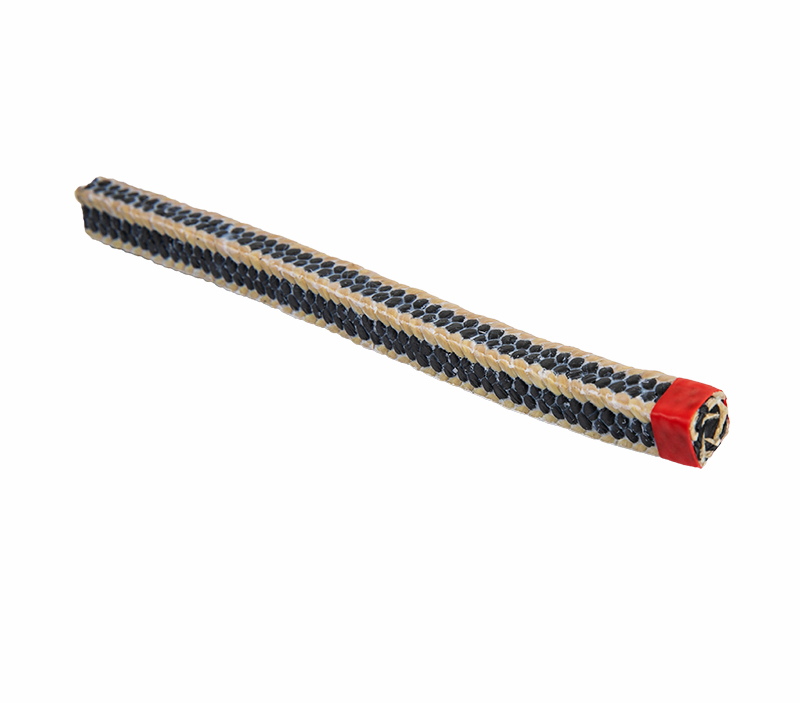Use of filler packaging
For many years, gland packing seal has been the default sealing method. The rope-like material is wrapped around the shaft of the pump and compressed into the package, thereby minimizing fluid loss. Gland packing is a basic and inexpensive solution, but over time, fluid loss will increase and the material will begin to wear. The inspection of the gland packing is usually carried out while the shaft is rotating, which does not comply with the SHEQ rules.
At some point in the life cycle of an old pump that still uses filler packaging to prevent or more accurately limit process fluid leakage, you will look at the maintenance records and wonder if filler packaging is still the best option. Can mechanical seals and seal support systems provide better long-term solutions? This is actually an exercise in weighing the advantages and disadvantages of gland packing seals on a pump-by-pump basis.
Of course, your weight on each comparison category will vary based on your short-term and long-term budgets, local HSE requirements, technical considerations, space constraints, and integration with existing equipment. However, I think you will see that in most cases, the advantages of gland packing seals are declining, especially with the improvement of mechanical seal technology.

 English
English CHINESE
CHINESE Espana
Espana Arab
Arab Language
Language

